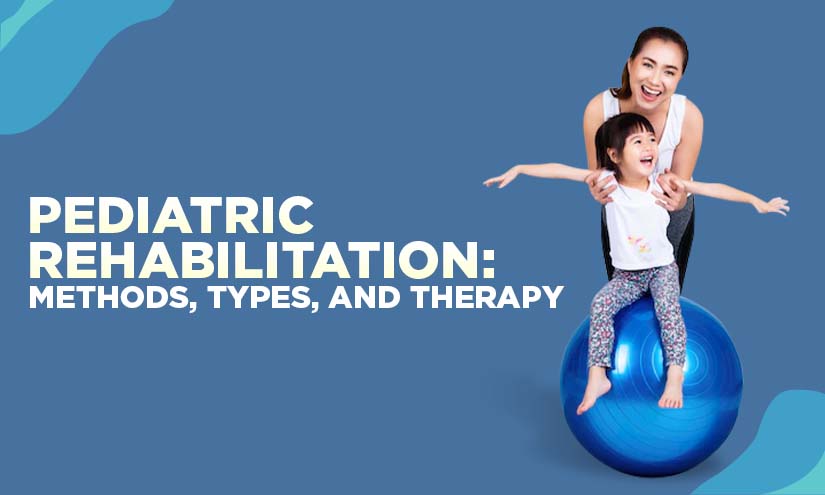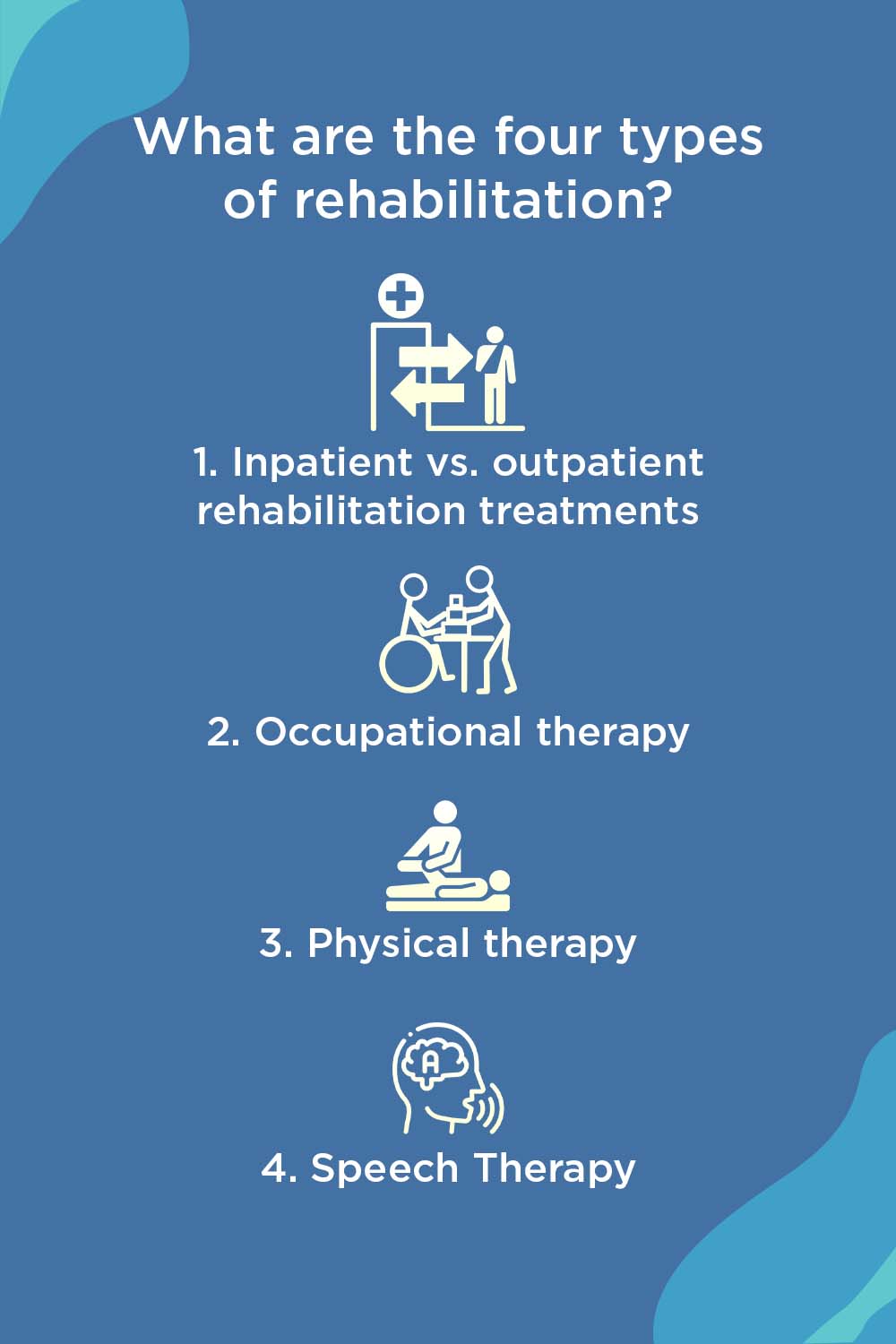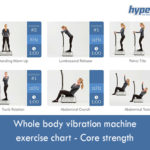
There are over 36 million people living in the United States who have a hearing loss of some form, which can be helped by certain types of pediatric therapy. It is possible that your child could benefit from pediatric therapy if they have a neurological problem that makes it difficult for them to complete routine tasks.
A pediatric therapist is someone who works with children to help them acquire or restore fundamental everyday skills such as eating right and talking successfully. Some of the neurological conditions that can be treated in children using pediatric treatment include cerebral palsy, difficulties swallowing and feeding, and neurodevelopmental issues.
A pediatric rehabilitation therapist who specializes in speech therapy may be able to successfully address even very minor speech difficulties, such as stuttering or stuttering in a child.

To begin, it is necessary to distinguish between inpatient and outpatient rehabilitation therapy because of the importance of this topic. The term “inpatient rehabilitation” refers to any treatment or therapy that you receive while still under the care of a medical facility (such as a hospital or clinic) before you are released.
Inpatient rehabilitation may be necessary for patients who have undergone an amputation, experienced a brain injury or stroke, suffered an orthopedic or spinal cord injury, or had a transplant in order for them to recover to the point where they are able to return home safely.
Outpatient rehabilitation therapy is any form of treatment that does not require the patient to be admitted to a clinic or hospital. Outpatient therapy clinics provide patients with a variety of services, including those provided by occupational therapists, speech pathologists, physical therapists, and psychologists.
Outpatient rehabilitation centers typically provide treatment for a diverse array of ailments, including cancer, neurological disorders, neck and back pain, speech impairments, psychological disorders, pre-and post-natal complications, and many others.
Individuals who require specialized support in order to participate in everyday tasks, or “occupations,” can benefit from the occupational therapy (OT) treatments that are provided by occupational therapists.
A person’s self-care practices, day-to-day responsibilities, and recreational activities can all be considered occupations. The term “occupation” does not merely relate to employment or your job.
Helping people participate in the activities that they want to do and that they need to accomplish in order to live an independent and fulfilling lifestyle is the primary objective of occupational therapy.
Occupational therapists are trained to make adjustments to an individual’s environment in order to improve their capacity to carry out daily activities such as eating, dressing, brushing their teeth, performing activities at school, and working.
Altering the way a task is approached, the setting in which it is carried out, or providing assistance to an individual in the development of abilities essential to carry out specific tasks are all examples of possible modifications.
Physical therapists offer treatment to patients who are suffering from pain or having trouble functioning, moving, or leading a normal life.
Physical therapy is commonly used to alleviate pain, improve movement, provide rehabilitation after a stroke, injury or surgery, assist in the recovery after giving birth, assist in the recovery of sports-related injuries, and teach individuals how to use devices such as walkers and canes, manage chronic illnesses such as heart disease or arthritis, and a variety of other purposes.
If your doctor recommends that you undergo physical therapy, the first thing a therapist will do is evaluate your mobility, balance, heartbeat, posture, and how well you are able to walk or climb stairs. Your therapist will next construct a plan to help reduce your symptoms and assist you in regaining functionality or mobility based on this information. Some common treatments are as follows:
Treatment for speech disorders is offered by speech therapists (sometimes called speech-language pathologists). Numerous difficulties with speech, language, voice, swallowing, and fluency can be helped through speech therapy.
If a newborn has issues with drinking, swallowing, or talking due to a condition like cerebral palsy, cleft palate, or Down syndrome, a speech therapist may be able to help.
Communication exercises led by a therapist can help children who struggle with speech disorders like a lisp or a stammer. Adults can benefit from the services of a speech therapist not just when they have speech impairments, but also when they have other conditions such as stroke, neck or head cancer, Parkinson’s disease, or dementia.
The purpose of speech therapy is to improve both the patient’s ability to communicate and their understanding of language. When all is said and done, the goal is to improve the patient’s ability to engage in meaningful and practical forms of communication.
Speech therapists frequently employ strategies like language intervention activities (communication skill drills), articulation therapy (teaching patients how to move their tongues to make various sounds), and feeding and swallowing therapy to help their patients improve their communication and eating abilities (tongue, lip and jaw exercises designed to strengthen the muscles of the mouth and throat).
Occupational, physical, and speech rehabilitation are the main forms. Each kind of rehabilitation helps a person to full recovery, but all aim to return the patient to a healthy, active lifestyle.
Numerous illnesses and injuries respond well to rehabilitation therapy. Injuries to the skeleton and muscles are frequently treated, as are neurological diseases like stroke, brain injury, spinal cord injury, and multi-trauma injuries sustained in accidents.
Rehabilitation therapy’s end result differs from patient to patient. Understanding the individual motivation behind each patient’s rehabilitation is essential. Physical, occupational, speech, musical, and recreational therapies are all examples, as are a wide range of treatment modalities including therapeutic exercise, manual therapy, neurological re-education, and modalities for pain relief.
Many children and adolescents referred to physical therapy suffer from neuromuscular or musculoskeletal disorders such as cerebral palsy, autism, Down syndrome, spina bifida, and others.
Birth traumas, such as hypotonia, torticollis, and plagiocephaly, are common in infants. In most cases, a pediatric physical therapist will focus on developing the patient’s “gross motor skills,” or their ability to move freely and efficiently using vast muscle groups.
Physical therapists are crucial in the development of motor skills in infants, including the acquisition of the abilities to roll, crawl, sit, and walk.
Bicycle riding lessons and strength training are two examples of pediatric rehabilitation activities that can be used with older kids. Weaknesses in gait, such as those that prevent someone from sprinting, catching, or throwing a ball, or ascending and descending stairs, are also addressed.
With WBV, children with orthopedic, neurological, and pulmonary disorders can experience a wide range of benefits. Among the medical issues that have been investigated are osteogenesis imperfecta, spina bifida, Down syndrome, muscular dystrophy, spinal muscular atrophy, cerebral palsy, and cystic fibrosis.
It is essential to emphasize the research results while deciding whether or not WBV is an appropriate intervention for a certain child.
WBV reduces spasticity and improves muscular activation and strength, walking capacity, bone structure, and functional mobility in CP patients. A recent study evaluated how WBV improves muscle and bone health in CP patients. The standardized DXA test demonstrated an increase in total body muscle and bone mass, trunk/lumbar spine, and legs.
CP’s musculoskeletal consequences cause youngsters to walk poorly. Compared to conventional PT alone, a 3-week WBV study improved walking speed, step length, and step width. This was hopeful because even a short-term WBV intervention can change function. The conclusion is that the vibration plates do really help with pediatric rehabilitation through the whole body vibration.
Resources:
https://integrisok.com/resources/on-your-health/2018/may/a-guide-to-different-types-of-rehabilitation-therapy
https://www.ivyrehab.com/news/pediatric-physical-therapy-treatment-and-hope-for-young-patients/#:~:text=In%20general%2C%20pediatric%20physical%20therapists,or%20improve%20balance%20and%20strength.

Updated on: 08.09.2021 The lymphatic system is involved not only...

Stress can make you gain weight – we’ve heard this...

Various theories exist to answer this question. As you will...

Both rebounding and jumping on a trampoline are excellent ways...

Our series of whole body vibration machine exercise articles continues...